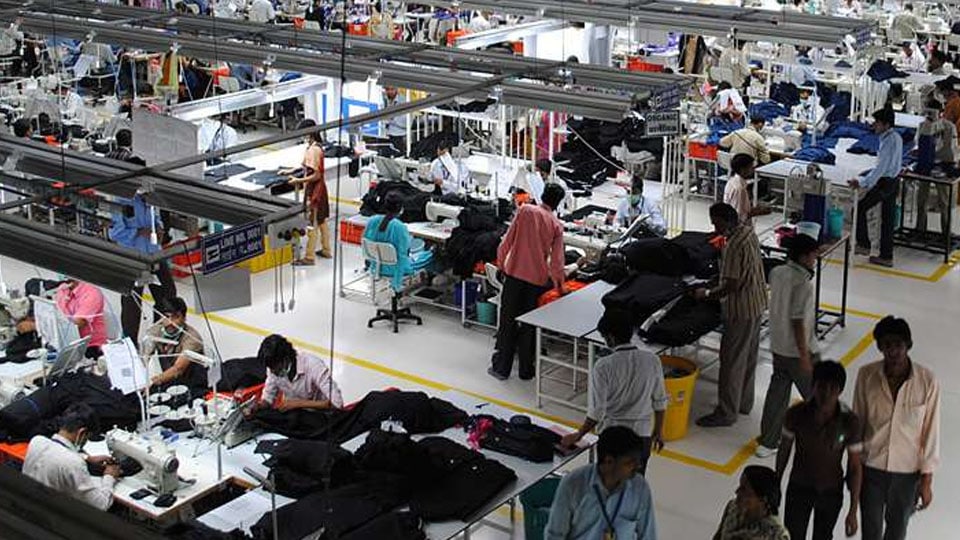Human beings are in competition among themselves in choosing attires for covering their bodies unlike all other species without the ability to emulate the human kind. Mercifully, the emergence of cotton and wool initially and later synthetic materials spared the animals whose skin served as raw material to produce clothing, a collective term for attires identified as jackets, coats, shirts, trousers, shorts, underwears, skirts, sweaters, waistcoats, T-shirts, jeans, blouses, bras, briefs and what have you. Including the commonly seen clothings exclusively worn by females, such as salwar-kameez, maxi, ghagra, mini, saree, house coat, cardigan, leggings and so on, not to forget dhoti worn in different styles by people in different regions of the country, such as lungi, kachche and whatever. The myriad fabrics, identified by their materials such as silk, polyester, rayon, synthetic silk, in addition to the different weaves such as jacquard make a bewilderingly long list of clothings yielding to fashions, newer ones eclipsing earlier ones.
Fabrics produced by weaving different yarns, both natural and synthetic along with the aforementioned multitude of clothings together, send the modern shoppers into a spin, limited only by the budget set apart for garment buying. If one prepares a list of garments by combining the type of garment and current fashions against the use and cost, one is certain to lose track of making the right decision on attiring oneself.
Textile industry owes its prosperity to the fast changing fashions of attires, thanks to the lead by both celebrities and sundries in the entertainment world. Even hair-styles witness similar cases of ‘imitating the joneses’ as it were. The days of drain-pipe trousers and bell-bottom pants may be recalled in the context of reckoning with the age-factor restricting the scope for falling in line of the youth. Understandably, the urbanites change their clothing styles with gay abandon leaving the rustics to adhere to traditions in attiring for the most part. Unlike foodflation and soaring cost of living, people don’t seem to have bothered themselves perceptibly about cost of attiring themselves. Globally, 80 billion pieces of new clothing are learnt to be purchased each year, translating to 1.2 trillion dollars, providing the dimension of the fashion industry.
The over-abundance of readily available clothing, with no attention to the cost, has created an environmental crisis, according to a study. Garment garbage seems to have escaped attention of the world at large.








Recent Comments